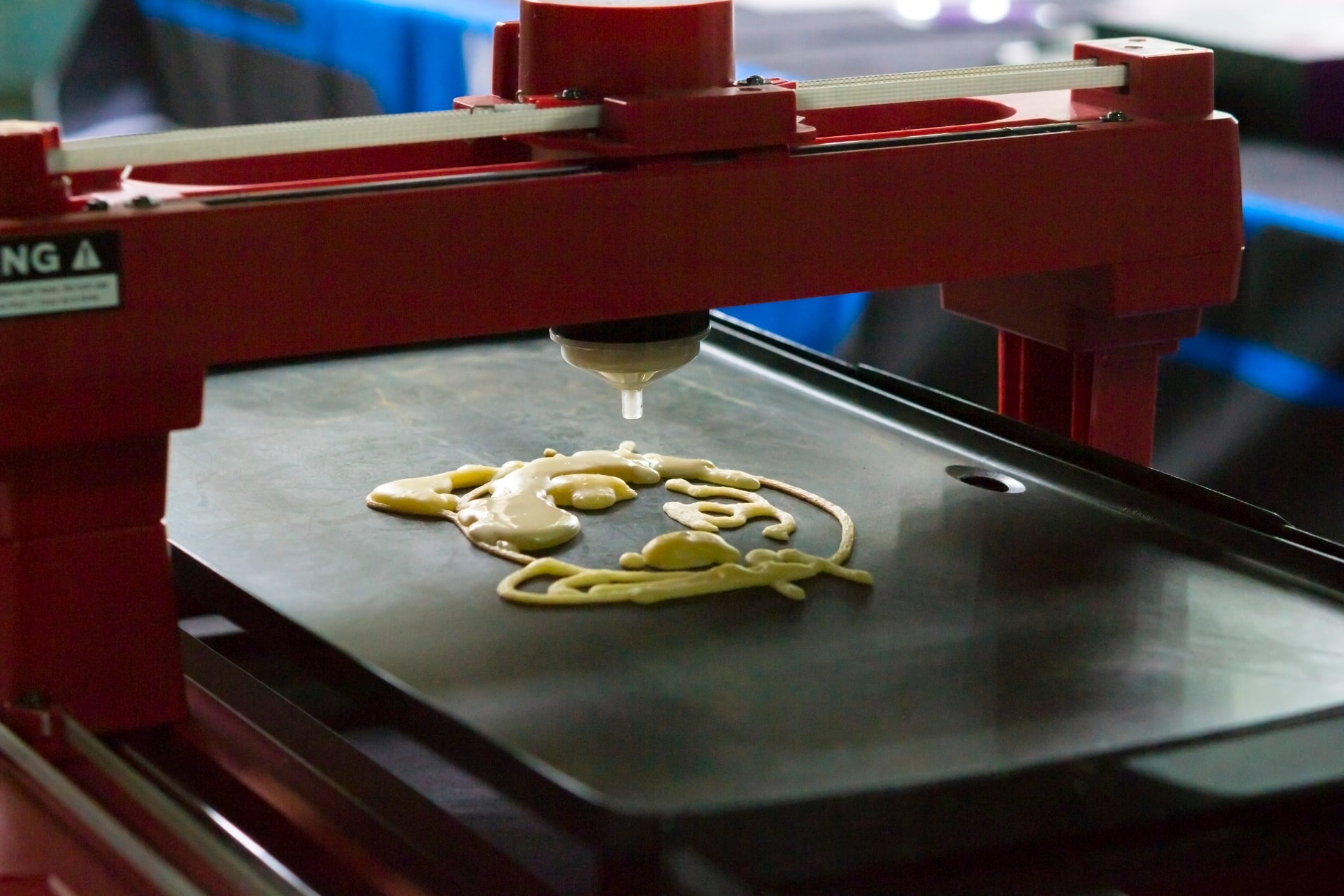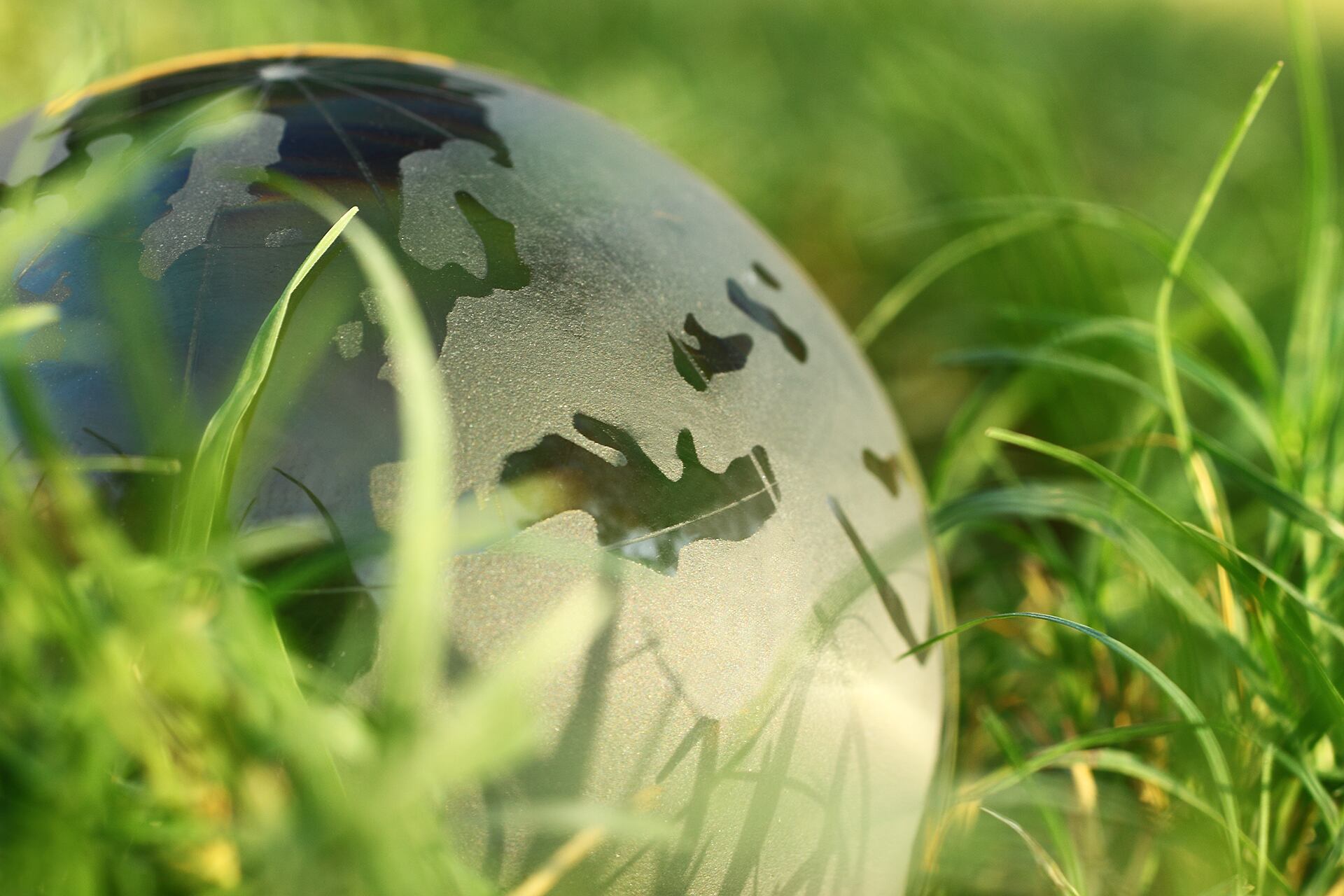Hot trend or hot air? The industry has long known that the use of gasses in foods can provide important sensory effects even at smaller levels that cannot be perceived by consumers. Experts are thus exploring how air can be used as an ingredient in a wider range of foods, believing its use could help introduce delicate textures, lower fat contents, reduce calorie density, and even induce satiety.
Innovation in this air space is set to grow, the ‘food futurologist’ Dr Morgaine Gaye told a webinar on future food trends organised by colour supplier Oterra, assisted by improvements in 3D printing technology and rising commodity prices.
Air can be used to alter the texture and flavour delivery of foods, she explained. Light, puffed-up textures add volume, form, size and interest to edibles, and the use of air will allow brands to create bigger products using the same amount of ingredients, giving the consumer a sense of value for money.
“One of the things we know about food is that texture is real divider,” she said. “Do you like crunchy or smooth or a mixture of both? People don't like certain textures, like the slime of ladies' fingers [okra]. If we can add air, we can change the texture.”
Into the bargain is improving 3D technology, which, thanks to techniques such as selective hot air sintering and melting (SHASAM), is advancing manufacturers’ efforts to retexturize foods. 3D printing is an ideal technology for food manufacturing because it can produce 3D constructs with complex geometries, complex textures, enhanced nutrition, and realistic flavours. “The other thing that air does is that it enables us to do 3D printing beautifully,” stated Gaye.
In the nascent but rapidly innovating alternative protein category, meanwhile, 3D printing presents opportunities for brands to improve structure and texture and create different sized cuts with a better mouthfeel.
Air means using less commodites
Air, therefore, can claim to be “the ingredient of the future”, said Gaye.
Air may also prove particularly vital in a climate of rising commodity prices that’s forcing manufacturers to find alternatives.
“One of the great things about air as an ingredient is that we can use less commodities – that’s important as commodity prices rise – and also have less impact on the environment,” she said.
The likes of Finnish start-up Solar Foods are exploring making an edible source of protein out of air. Right now, however, the technology is expensive, limiting scale up. “The race in Silicon Valley right now is to create an affordable air protein,” Gaye observed.
The rise in commodity prices is also impacting inflation. Many fear rising global inflation is set to curb mainstream consumer spending power. Others, such as IGD, expect a K-shaped recovery from the pandemic – characterised by a stark split in the recovery pace of the economy – will see some shoppers grow in prosperity, whilst others are left behind or stay the same.
Gaye agreed there is therefore a stubborn cohort of shoppers who instead of focussing on saving money want to ‘trade up’ and are willing to pay a premium for quality items and experiences.
"We're willing to spend a little bit more to have something better because we realise that more isn't more, and we want to be more choosy so want less but better,” she said. “So we are willing to pay more for that beautiful experience and for that sumptuous, edible, delight."
Water is ‘big business’ too
“With water, we're seeing a rise of water sommeliers, a reduction in alcohol in the under 25s,” noted Gaye. “Water is becoming big business: all kinds of water from mineral infused, black waters, artichoke waters, designer waters with gold flex in, water that's good for the gut; oxygenated water; even hoppy water that's been brewed and has zero alcohol.”
The upcycling and functional food trends
Water is linked to two other trends, she added: that of brands looking at repurposing to discover new revenue streams (think pineapple waste used to make leatherwear; disused milk an made into fabric; or even discarded cooking oil used to make tableware) and foods with functionality.
"It will no longer be enough for food to taste good,” she noted. “It will have to do good: for the planet and fro us. we want food that's going to have some added benefits that's going to help us glow or feel restful or even help us sleep and wind down.




